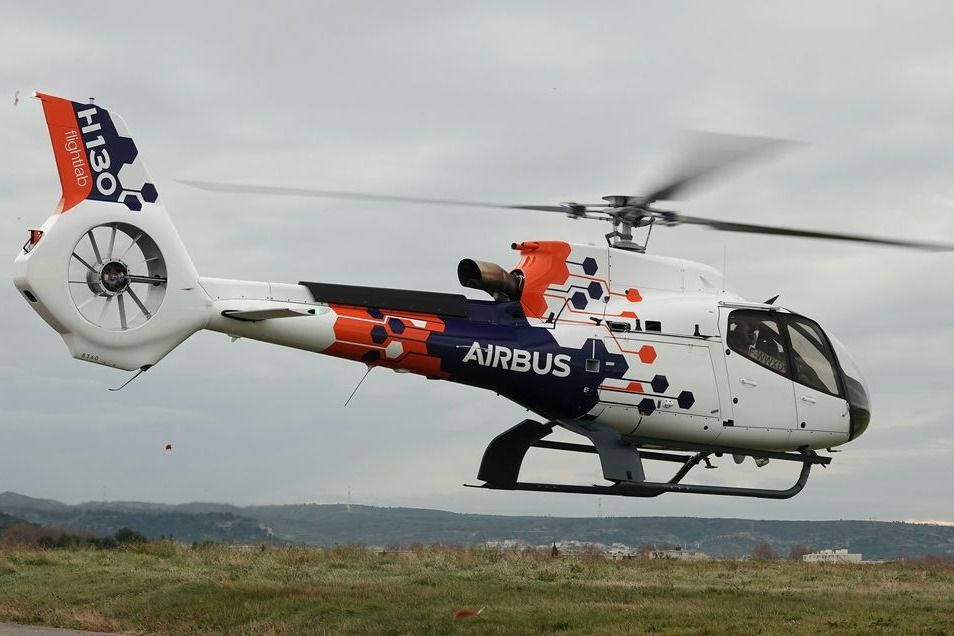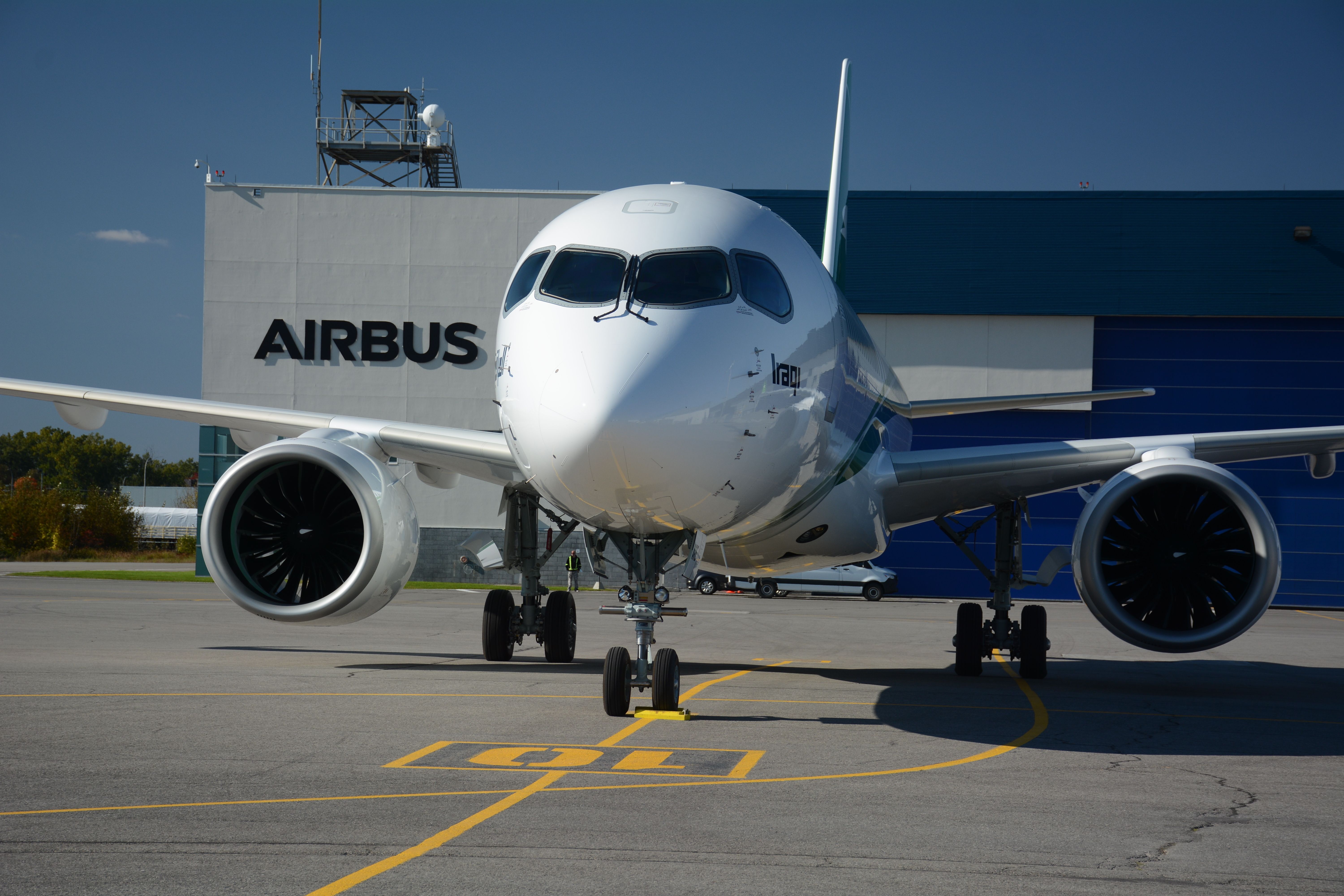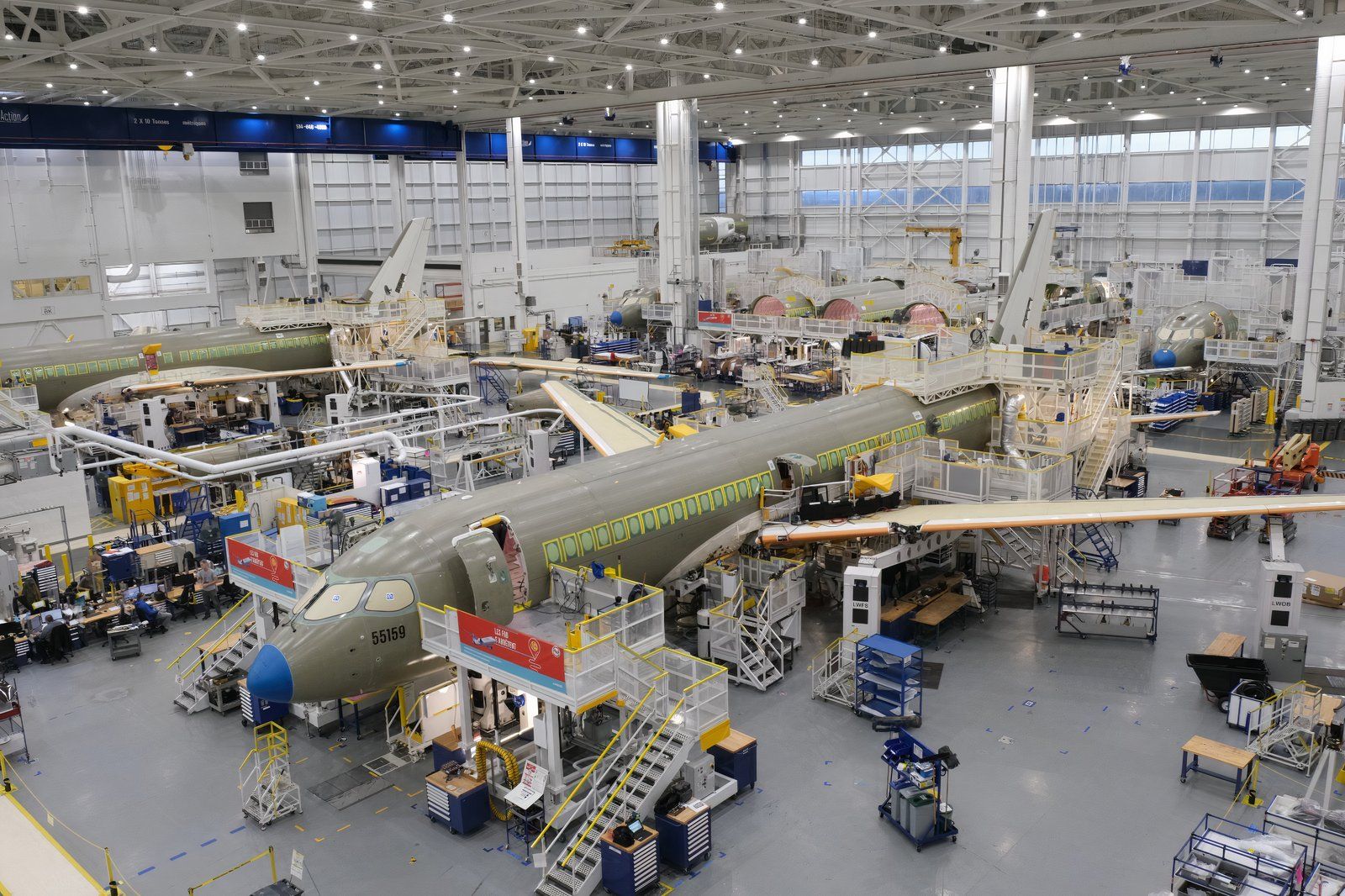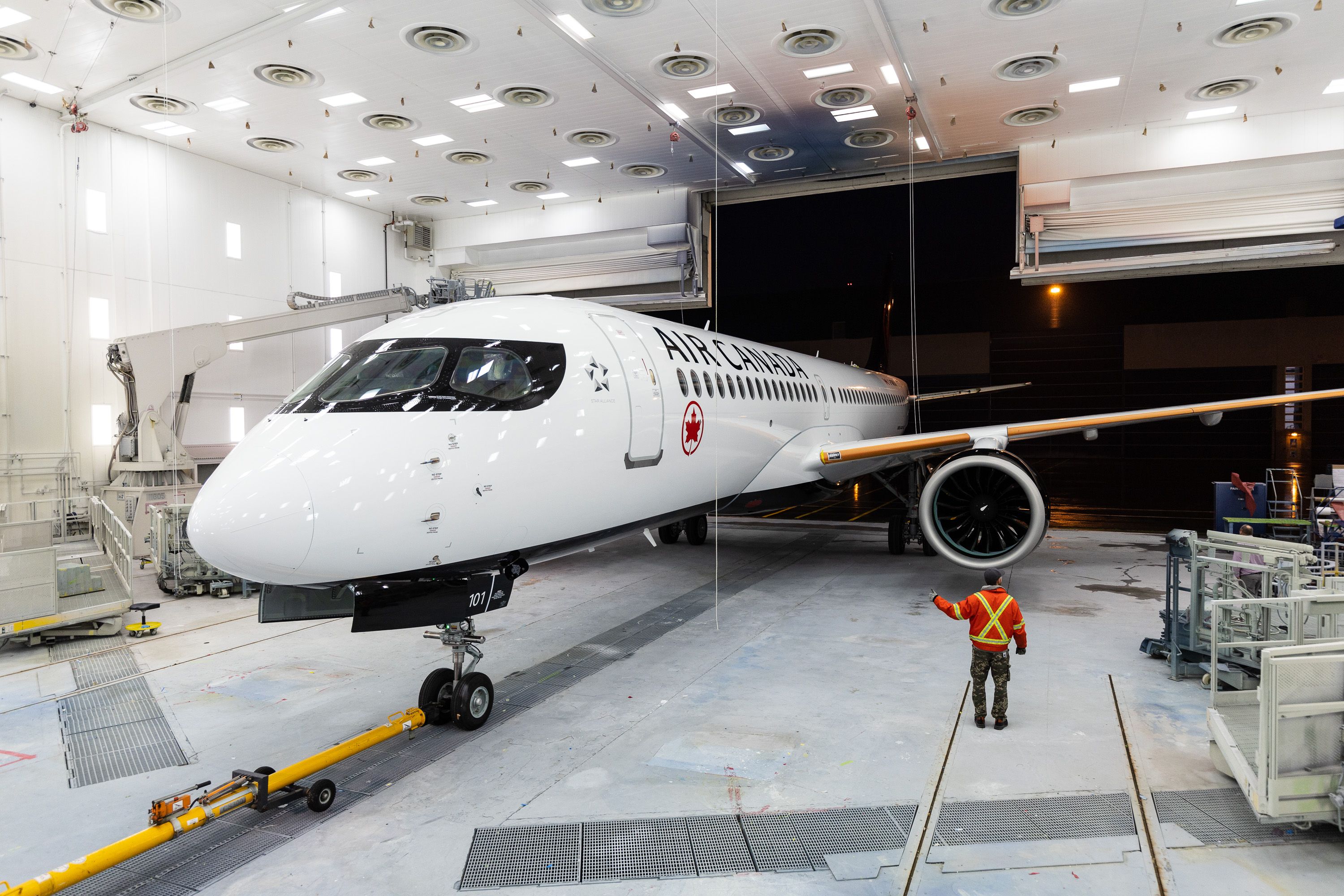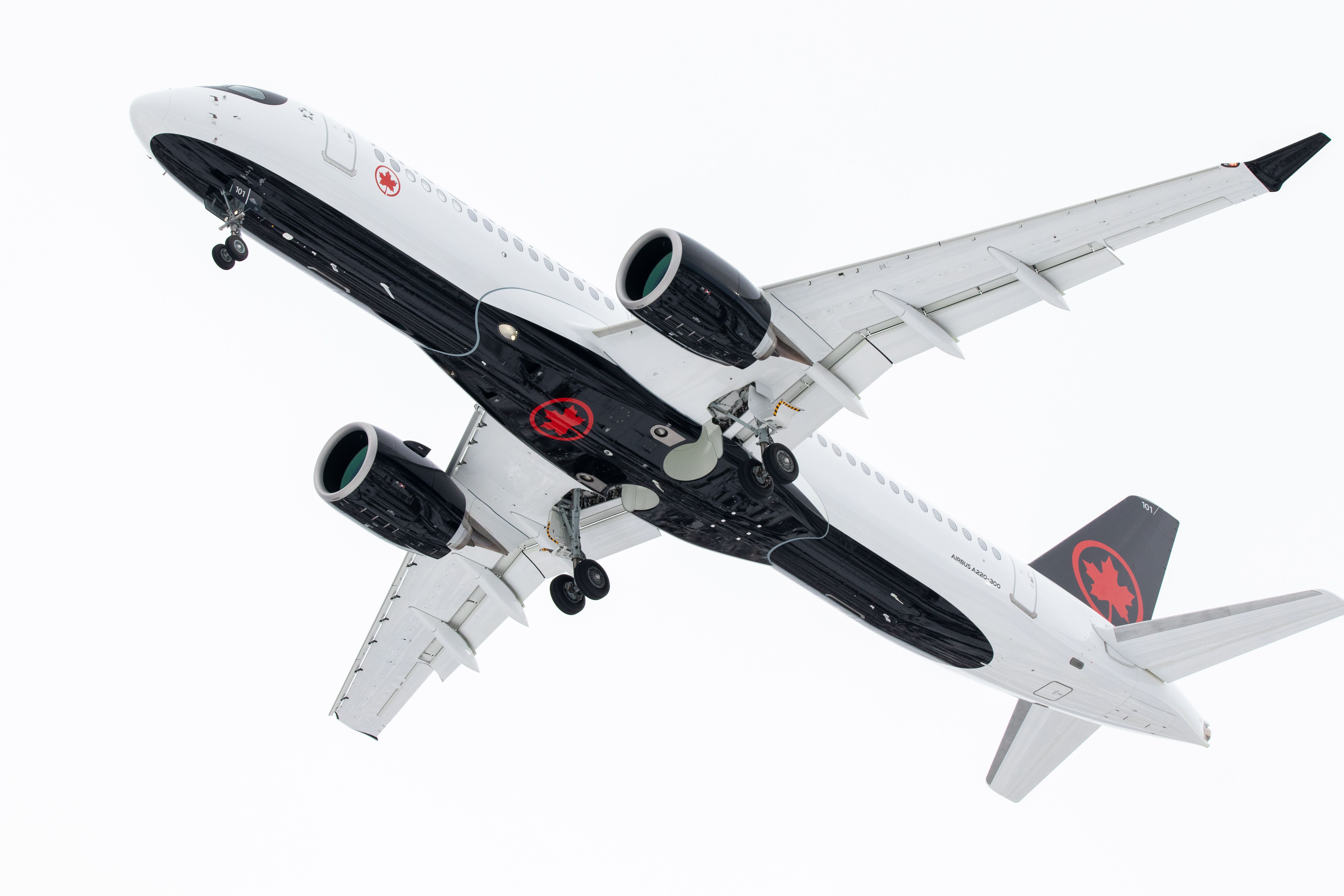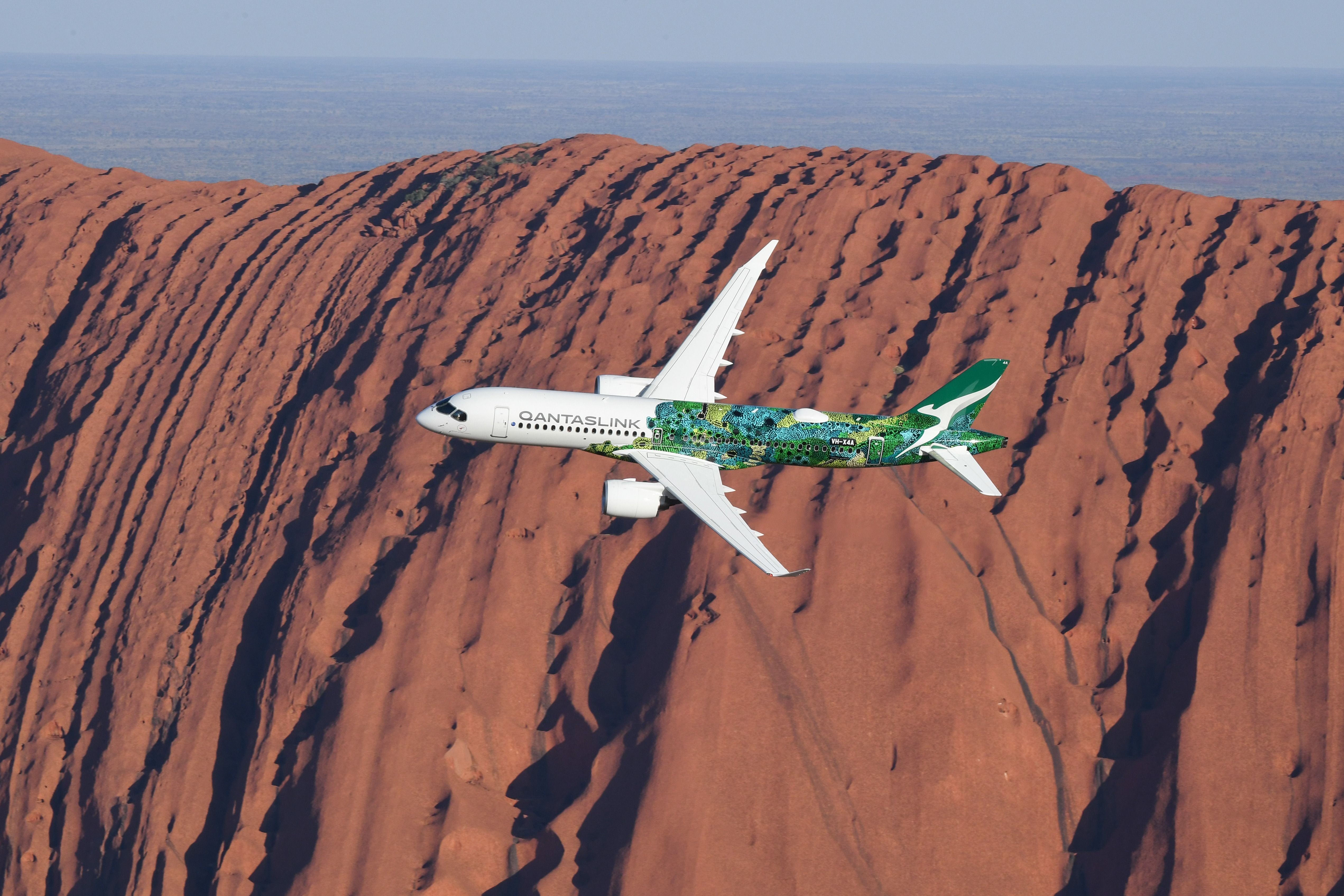Airbus is renowned as a major European aerospace corporation, with its most significant manufacturing sites in Toulouse, France, and Hamburg, Germany. However, with its acquisition of the Bombardier C-Series program in 2018 and subsequent rebranding as the Airbus A220, the company expanded significantly into North America. Much of the focus has been on the build-out of the new production plant in Mobile, Alabama, but Canada is actually home to Airbus’ largest operations outside of Europe. So, what does Airbus actually do in Canada?
40 years of Canadian operations
Airbus has been active in Canada for over forty years, dating back to the establishment of its first helicopter manufacturing facility in 1984. Today, it employs approximately 4,000 workers across ten offices and nine production plants while creating an estimated 23,000 indirect jobs through its $2 billion annual spending on over 700 suppliers.
Airbus Canada has three main divisions:
- Helicopters: The beginnings of Airbus Canada, the helicopter group provides sales and support to North American rotorcraft operators.
- Defense and Space: Providing aircraft and systems to the Canadian government, the Canadian Armed Forces, and the Canadian Space Agency.
- Commercial Aircraft: All A220 aircraft destined for non-US customers are produced at the final assembly line in Mirabel, Québec (near Montreal).
Let’s take a closer look at each of these groups.
Photo: Air Canada
Airbus Helicopters Canada
Airbus is the world’s largest helicopter manufacturer, with an in-service fleet of over 12,000 helicopters and a 62% market share in North America. In Canada, Airbus has two-thirds of the commercial market and 85% of the public sector, which includes helicopters flown by law enforcement, public services, and emergency services.
Airbus Helicopters Canada was founded in 1984 as a division of Messerschmitt-Bölkow-Blohm, which later merged with Aerospatiale to form Eurocopter, eventually becoming the Airbus Helicopters we know today.
The division is headquartered in Fort Erie, Ontario, with approximately 250 employees focused on aircraft sales and deliveries, composite manufacturing, repair and overhaul, and support services. Interestingly, Airbus Helicopters Canada has become a global leader in composite manufacturing and is the sole supplier of composite parts for eight helicopter models in the Airbus range.
Photo: Airbus
Airbus Canada Defense and Space
The Defense and Space group works with the Canadian government and the Department of National Defense (DND). One of its most significant current projects is the provision of nine Airbus A330 Multi Role Tanker Transport (MRTT) aircraft for the Royal Canadian Air Force (RCAF), which includes four newly built aircraft and five conversions of ex-Kuwait Airways A330-200 passenger aircraft.
Airbus Canada is also midway through delivering 16 of its C295 aircraft to the RCAF to be used as Fixed Wing Search and Rescue (FWSAR) aircraft. The C295 is a highly versatile aircraft that is designed as a tactical airlifter capable of carrying up to nine tonnes of payload or as many as 71 troops but can be tailored for missions such as search and rescue, maritime patrol, airborne surveillance, signals intelligence, medical evacuation, and airborne firefighting.
In space technologies, Airbus Canada has provided the agile bus platform used by the DND’s highly successful Sapphire satellite. It has also provided various pieces of equipment, such as the crypto module, GPS receiver, and star trackers, used by the Canadian Space Agency’s RCM radar satellites.
Airbus Canada Commercial Aircraft
Commercial Aircraft is by far the largest division of Airbus Canada. It was created when Airbus acquired the Bombardier C-Series program in 2018, in the fallout from Bombardier’s legal tussle with Boeing and the US government over alleged dumping and the imposition of tariffs. Rebranded as the Airbus A220, the program is now operated by Airbus Canada Limited Partnership, which is 75% owned by Airbus SE, with 25% held by the Québec government.
Photo: Airbus
The production facility at Mirabel
Production happens at Airbus’ Mirabel facility just outside of Montreal. Since Airbus took over operations, it has expanded the facility by an additional 125,000 ft2 (11,600 m2) area to support the first subcomponents pre-assembly zone (“pre-FAL”) outside Europe. This will be integral to Airbus ramping up the production rates of the A220, and the new space increases the overall size of the Mirabel facility to 1.4 million ft2 (130,000 m2).
Photo: Airbus Canada
Airbus has also significantly increased the size of the labor force at the facility, with the number of employees rising by 75% since it took over. With over 1,600 new hires over the last two years, there are now a total of 3,500 people working on the A220. There have been some recent disruptions during labor negotiations leading up to the agreement of a new contract in May this year. However, Benoît Schultz, CEO of Airbus Canada, has expressed strong confidence in the skills that Airbus has been able to find in Canada. He said,
“Quebec has an outstanding labor force and aerospace ecosystem. We have some of the most talented people in the world working on this aircraft, and I am confident that Airbus Canada has everything needed to ensure the full potential of the A220 program.”
Photo: Airbus Canada
The economic impact on Québec and Canada
Airbus and the government of Québec recently extended their partnership to 2035 and committed to jointly investing a further $1.65 billion. While it is hotly debated whether Québec will get a good return on its investments in the C-Series / A220 over the years, the program’s positive impact on the province and Canada is not up for dispute. A recent PwC report indicates that the economic footprint of the A220 program has:
- Added $5.7 billion to the GDP of Canada in the first four years of Airbus operations and will add a further $35.2 billion over the next 15 years.
- Supported 33,000 skilled jobs across the supply chain during that period and will grow to support approximately 248,000 jobs over the next 15 years.
- Generated $1.3 billion in tax revenues for the Canadian government to date and will continue to generate nearly $500 million per year over the next 15 years.
Photo: Heather Dunbar | Shutterstock
For now, though, the new $1.65 billion investment is focused on increasing Mirabel’s production rates. As Airbus seeks to make the program profitable, its target is to increase production to 14 units per month, with 10 built at Mirabel and 4 at Mobile. With A220 orders now north of 900 and a backlog of over 550 aircraft still to fulfill, Airbus Canada is only set to grow further in the years ahead.
Photo: Qantas

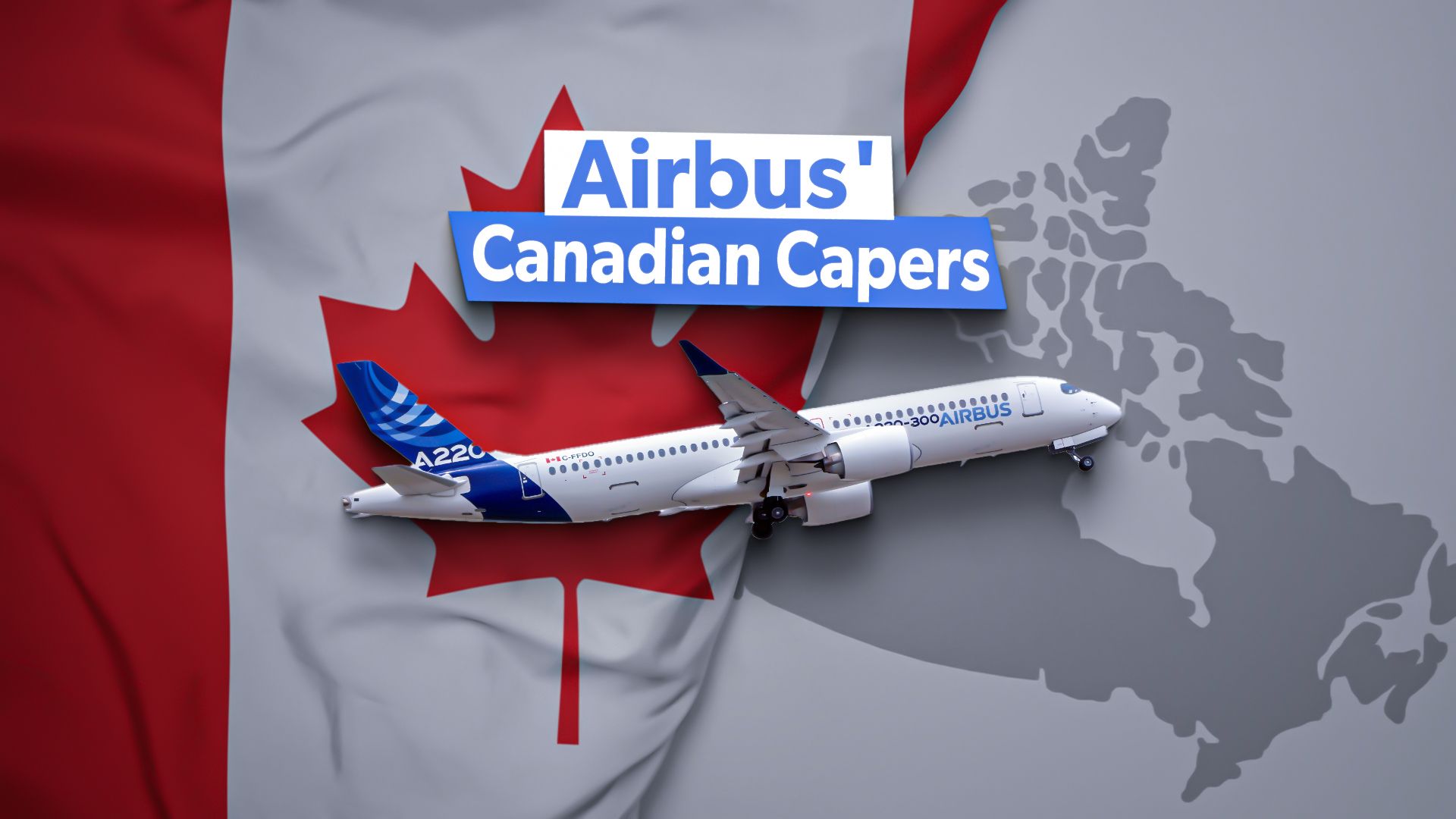
.jpg)
